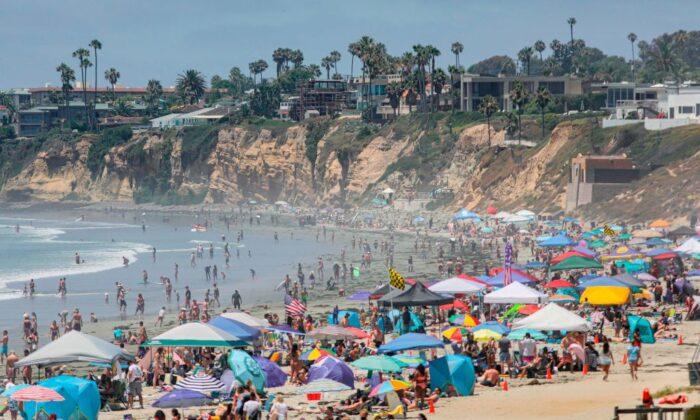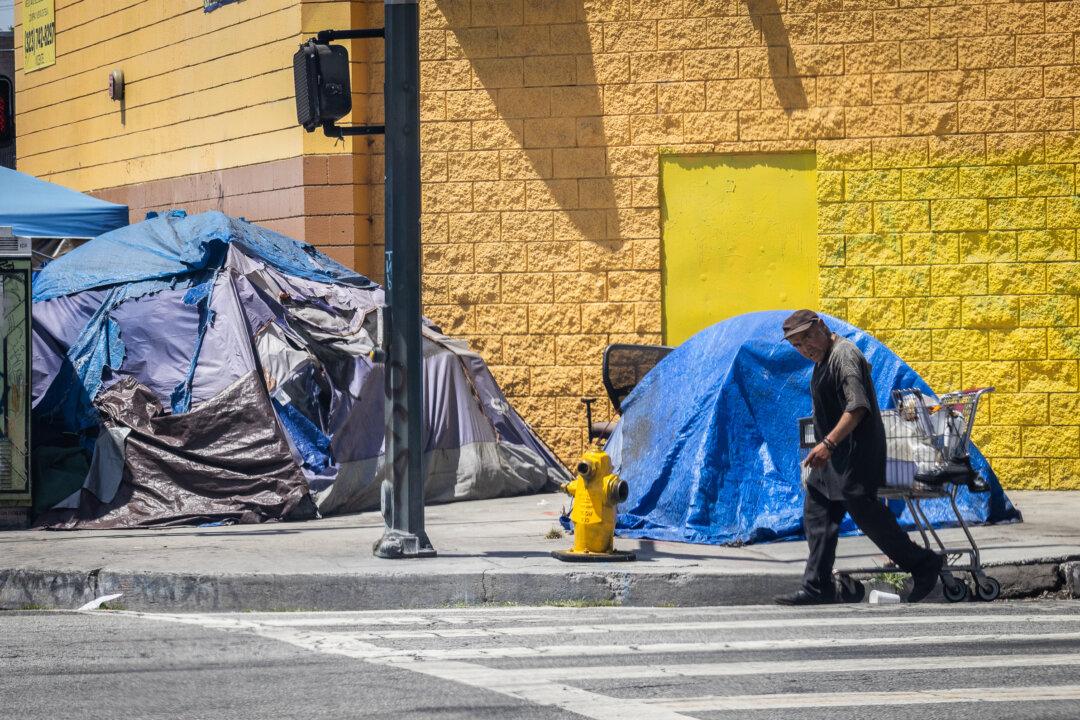San Diego law enforcement personnel will begin fully enforcing the city’s Sidewalk Vending Ordinance in beach areas starting Feb. 1, following a similar enforcement step-up in the Gaslamp Quarter in December.
“San Diego has long awaited these regulations that will bring vendors into the formal economy and ensure access to San Diego’s public spaces for all,” Councilwoman Jennifer Campbell said when the ordinance was approved in 2022. Campbell represents many of the city’s beach communities in District 2 and pushed the law forward.
Vendors operating illegally can be cited for violations and subject to fines ranging from $200 to $1,000, depending on the number and types of violations. Carts, equipment, and goods could also be impounded.
The ordinance went into effect in the city’s Coastal Overlay Zone—which includes Point Loma, Ocean, Mission and Pacific beaches, La Jolla, and Sorrento Valley—in January following certification by the California Coastal Commission and the San Diego City Council.
Rangers are responsible for enforcing the rules at beaches and parks throughout San Diego.
Vendors and pushcart operators must pay $38 annually for a permit to sell their wares in San Diego. Food vendors are also required to obtain a San Diego County Health Permit and Food Handler Card.
The City Council voted to approve the ordinance in May 2022, bringing San Diego into compliance with Senate Bill 946, a California law that decriminalized sidewalk vending statewide and set parameters on how cities could impose regulations.
City staff initially recommended the new permit fee be as high as $230 per business, but negotiations in the Council Chamber brought that number down to the same as a business tax certificate in the city. Following the first year of implementation, city staff will release an analysis to determine any fee modifications.
Since the ordinance was written into law last year, more than 500 sidewalk vending permits have been issued to local vendors selling jewelry, clothing, apparel, artisan products, home décor, candles, fine art collectibles, novelty items, food products, and other items.
The ordinance also sets up parameters for where vendors can set up—for example, 15 feet from another vendor, 50 feet from a major transit stop, and 100 feet from any sidewalk or street closure.





